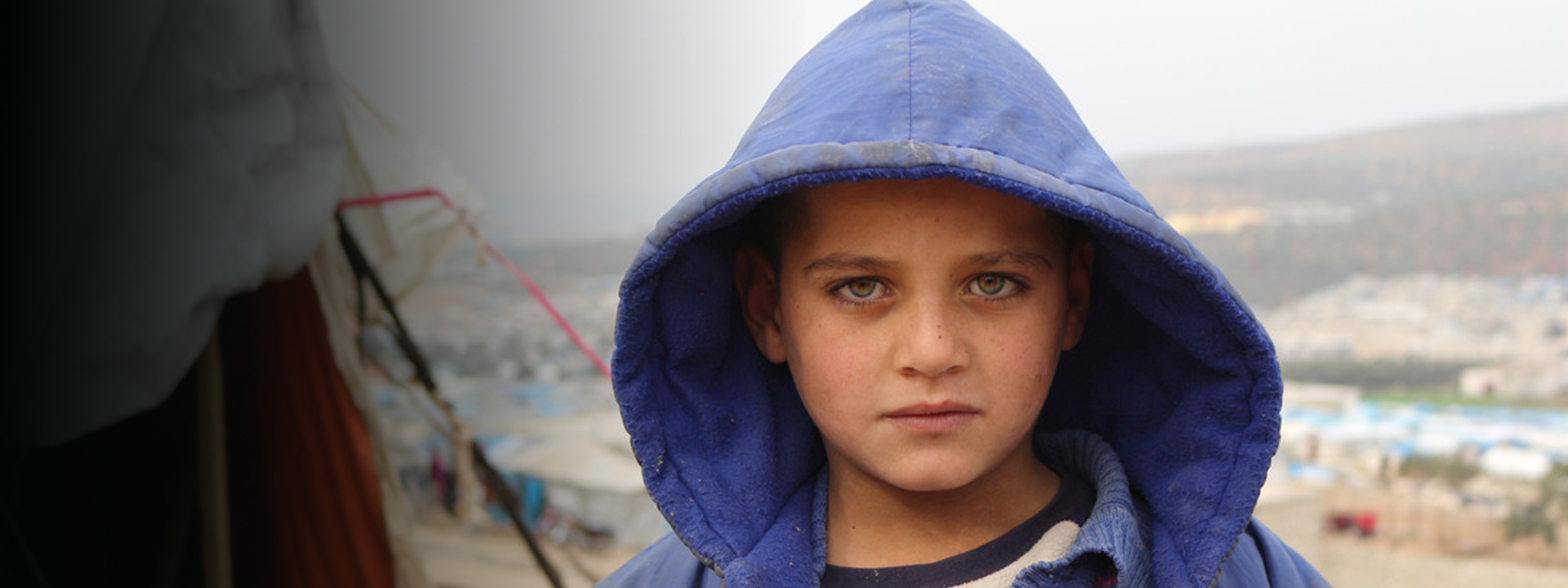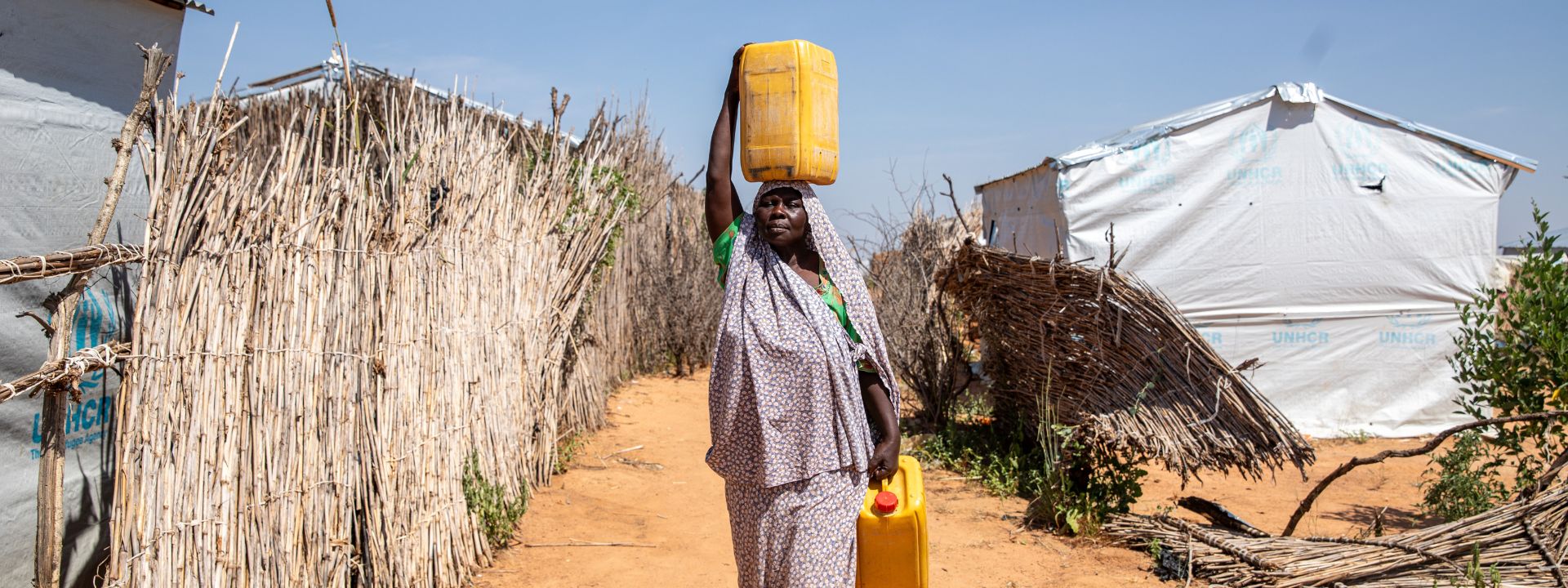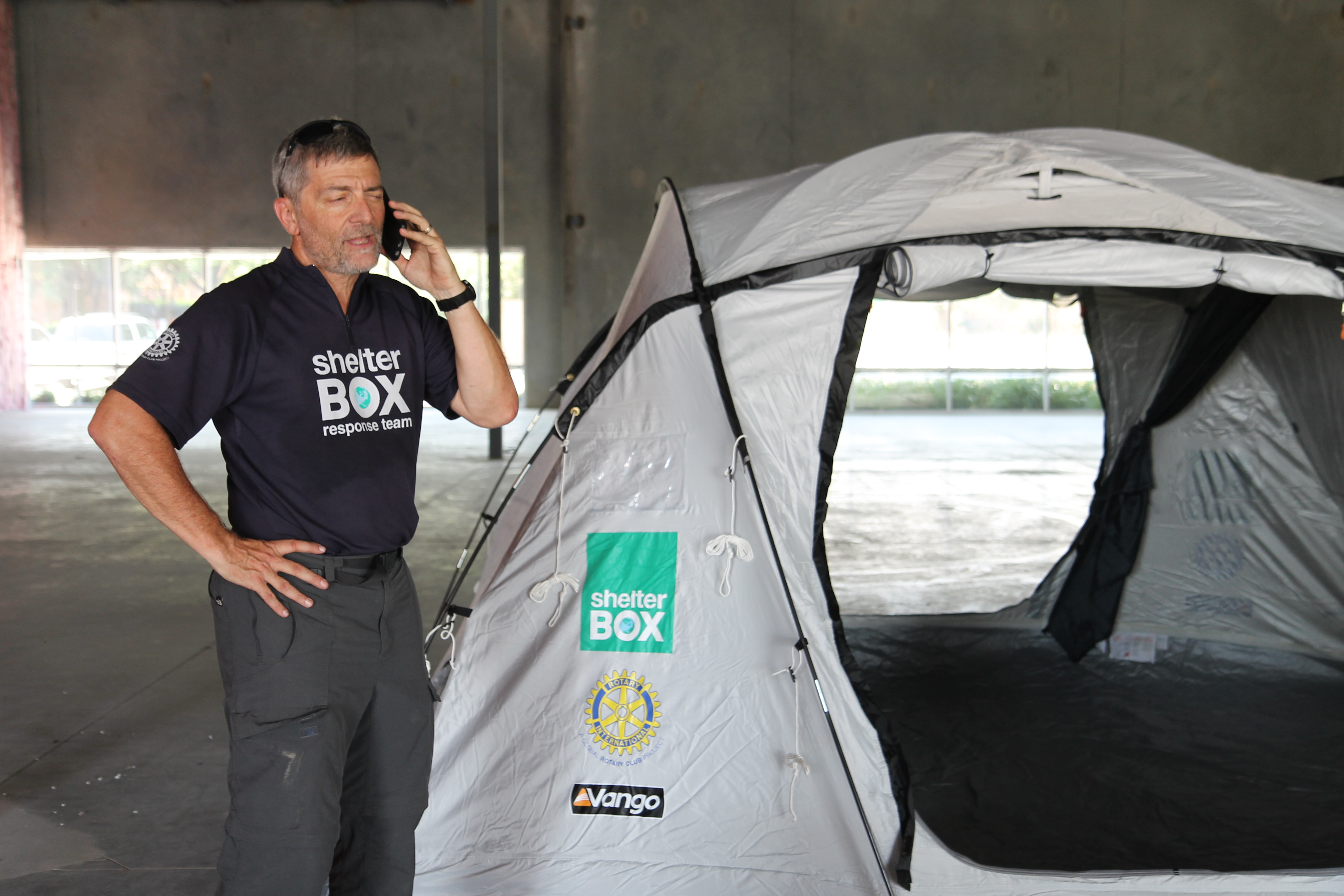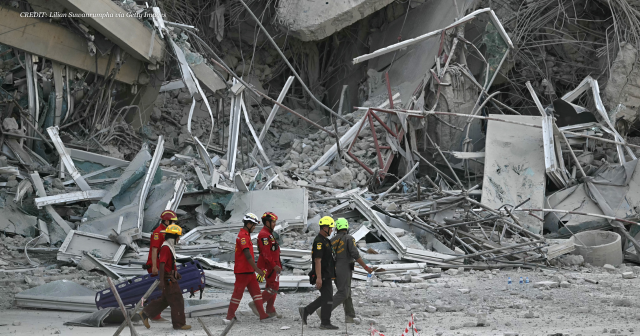
Blog
10 things you need to know about the Syrian conflict
On 15 March 2011, the Arab Spring reached Syria. Peaceful protests soon escalated into brutal conflict as government and opposition forces clashed. And in the years since, this conflict has shifted into a seemingly unsolvable regional crisis.
Here’s what you need to know, 10 years on.
1. The Syrian conflict has raged for almost as long as two World Wars
By August this year, the Syrian conflict will have lasted longer than the two World Wars combined (10 years 4 months).
No Syrian child under 10 can remember their country at peace. A whole generation of children have had their lives scarred by loss, pain and fear.
‘I didn’t expect the war to last that long, no one expected it. Displaced people here in northern Syria have been exhausted by the conditions.’ – Nour, humanitarian with ShelterBox’s partner ReliefAid
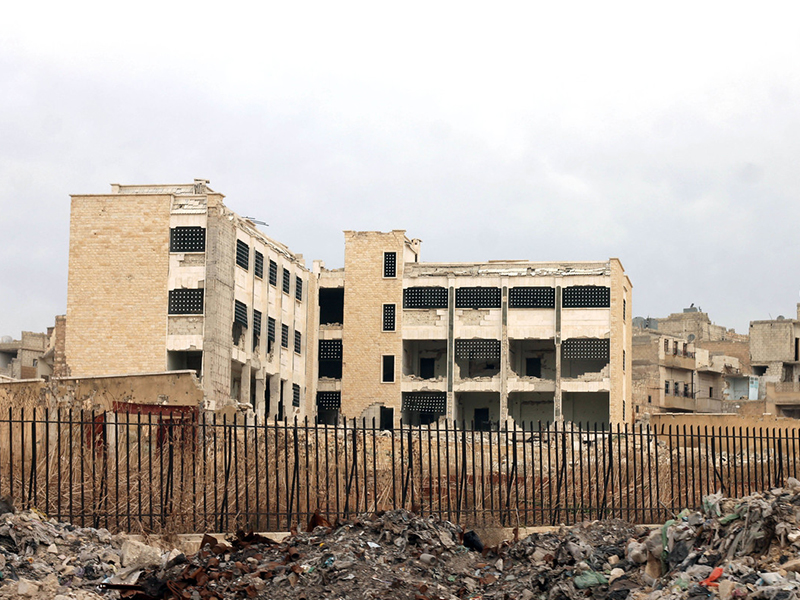
Nothing but destruction. Aleppo, 2015.
2. More than 12 million people have been forced from their homes
Around 6.7 million people have been displaced within Syria, and at least 6 million refugees have fled to neighboring countries and beyond.
With the constant upheaval of shifting territories and frontlines, families have to move again and again. In the winter of 2019-20, around 1 million people were displaced in just one month, as government-backed forces pushed to reclaim territory in Idlib, northwest Syria.
3. This is the world’s largest refugee crisis
More than a quarter of the world’s refugee population are people displaced in the wake of the Syrian conflict.
Since we first started responding to the crisis, ShelterBox has supported refugees in Iraq, Lebanon, Jordan and Greece.
‘I want to go home to Damascus – home, sweet home. People don’t become refugees because they have a choice… but because they have to.’ – Syrian tailor Hoshang, speaking from a refugee camp in Iraq in 2015
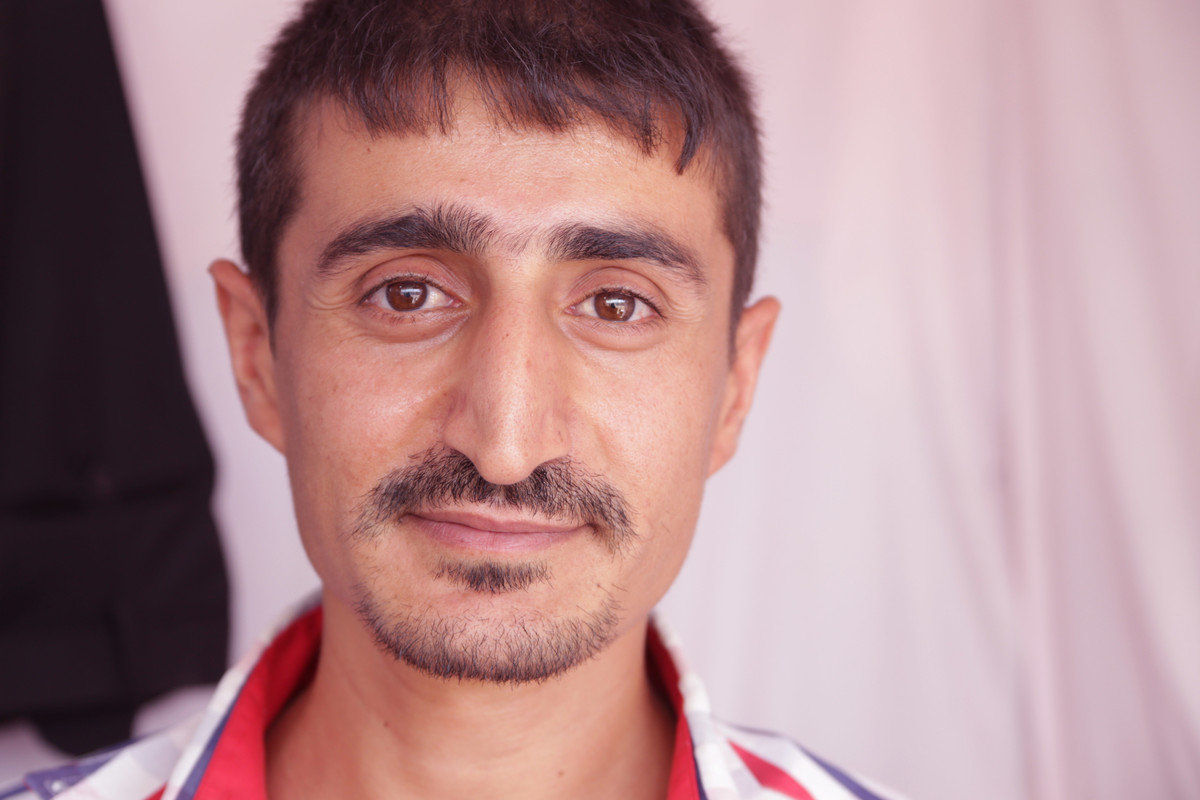
‘People don’t become refugees because they have a choice… but because they have to.’ – Hoshang
4. A growing financial crisis is making life in Syria even harder
Financially, Syria is on its knees. The Syrian pound has halved in value during the conflict, and widespread sanctions affect the flow of money coming into the country.
Basics like fuel, food and medicines are now out of reach for people who were already struggling to access them. The cost of an average basket of food has increased 236% between December 2019 and December 2020 (29 times pre-crisis levels).
5. Around 14% of Syrians don’t have access to electricity
According to a report by the World Bank, in 2018 14% of people in Syria didn’t have access to electricity, a statistic that has been plummeting since the outbreak of war.
Even those with power to their homes face nationwide blackouts when pipelines and power plants are targeted.
ShelterBox has now provided over 58,000 solar lights to displaced Syrian families – that’s enough to give around 580 million hours of light, helping home routines like meals, play and schoolwork.
6. Syrian winters are harsh and unforgiving
The wet and cold of freezing winters can be a more immediate threat than the conflict – weeks of sub-zero temperatures can be fatal for families who’ve fled with nothing.
At the start of 2021, torrential rains destroyed more than 10,000 tents as floods ripped through camps in the northwest.
‘Parents constantly worry about their children being affected by the cold and getting ill.’ – ReliefAid humanitarian Mustafa
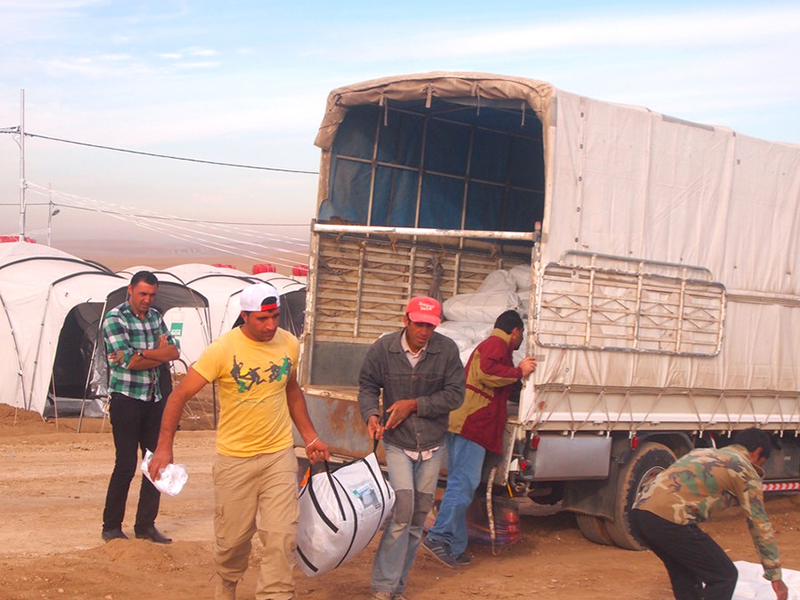
ShelterBox aid being unloaded from a truck, 2012.
7. More than half the hospitals in Syria have been damaged or destroyed
As early in the conflict as 2015, the WHO reported that almost 60% of hospitals in Syria had been destroyed or damaged, and more than half of the country’s health workers had fled or been killed. This is extremely worrying as coronavirus spreads through the country, almost unchecked.
8. A COVID-19 vaccine rollout may only reach 3%
Coronavirus poses a deadly threat in a country already at war. In February 2021, a WHO official said that an initial vaccine rollout may only reach 3% of the Syrian population.
The ways we stay safe at home, such as widespread lockdowns, social distancing and better hygiene, are almost impossible in a fractured country where millions live in emergency shelter.
‘I’m worried about coronavirus because of the bad conditions we live in and the huge gatherings in the camps. There can be 1,000 families in the camp.’ – Abu, whose Idlib home was destroyed by heavy shelling in 2020
9. Parents become home-schoolers, as camp schools lock down
Children’s education has been disrupted throughout the war, as families are repeatedly uprooted and communal spaces like schools are taken over to provide emergency shelter.
But in the last year, displacement camp schools have been forced to close to prevent coronavirus from raging through whole communities.
‘I tried to teach them, but I don’t have a good way to teach them. They need school to continue their lessons. Most of the time they’ve been playing – things are better for them and me with the school open!’ – Abo shares the perils of trying to home-school his three sons.
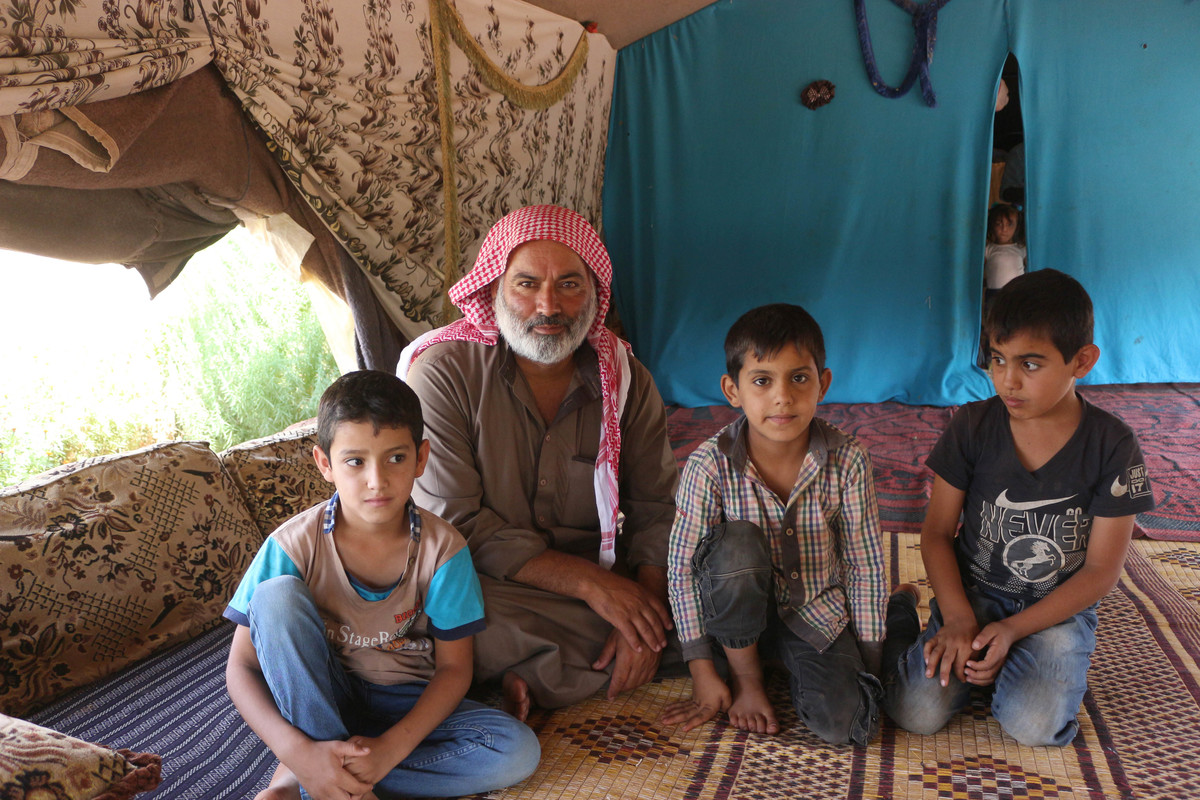
‘They need school to continue their lessons. Most of the time they’ve been playing – things are better for them and me with the school open!’ – Abo
10. There is hope, ingenuity and resilience – both in Syria and beyond
Life finds a way. Shops reopen, traffic moves, children play and laugh. Amidst the exhausting destruction and loss, there are daily reminders of the strength and hope Syrians have for the future.
‘I bought these flowers to forget about the sadness and this difficult reality. I feel optimistic whenever I water or look at them.’ – ReliefAid humanitarian Bana shares the flowers on her balcony in Idlib
‘I am proud and feel somewhat satisfied that we no longer need to receive aid, that I can support my family’ – Maysa talks about her shoe shop in a refugee camp in Iraq (2015)
‘I try to give myself and the people I love hope. I try to convince myself that life will continue and that the situation will improve one day – life will not always go on like this.’ – Nour, ReliefAid
Supporting people caught up in the Syrian conflict has been the longest and largest response in our 21-year history. We’ve now helped more than 400,000 people displaced by the crisis.
Your support helps us be there for families whose struggles are forgotten – thank you.

